Have you shopped for a suppressor recently? There are so many manufacturers, styles, and specs to compare that it can be overwhelming.
Comparing suppressors would be easier if we had more standardized metrics.
One manufacturer, LMT, has ambitions to do just that. The company gave us an example of what that could entail, and it certainly looks informative (and extremely entertaining).
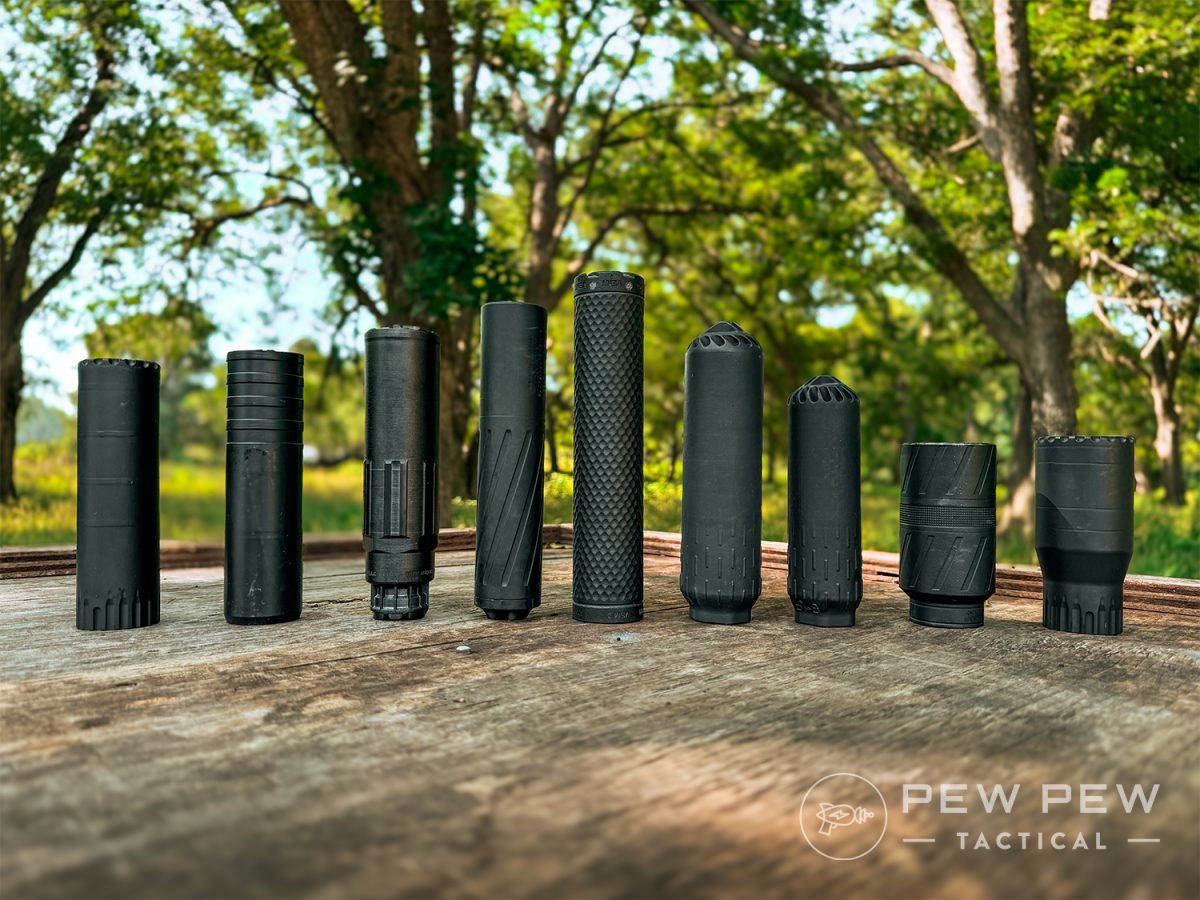
One description you’re likely to see is “full-auto-rated.” That often means a suppressor has passed the U.S. military’s SOCOM Suppressed Upper Receiver Group testing protocol, but it’s not a standardized term across the industry.
“There are not set standards to use across the suppressor industry and, coming from the LMT brand where testing is done by either US MIL or NATO standards, we’re hoping we can provide a universal performance standard wherever possible,” Nick Lewis, general manager of LMT, told Pew Pew tactical.
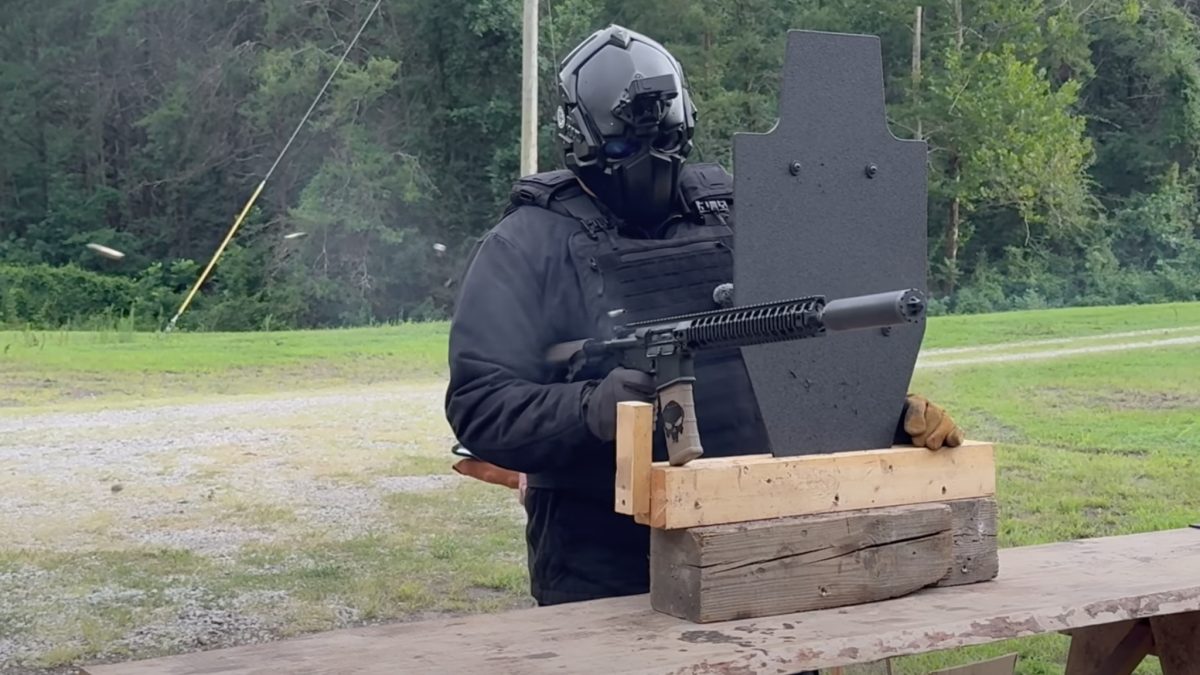
“For full-auto ratings, we’ve traditionally used the US SOCOM SURG Table II test standard (240 rounds total), but during some comparative testing for a [military] solicitation we observed a performance drop-off among some third-party suppressor brands after the 240 round mark of the table II SURG test, and especially after 300 round marker.”
One solution, according to LMT, is to conduct merciless burndown testing and reveal exactly when a suppressor failed.
LMT Ion 30 Specs & Features
Specs
- Cartridge Compatibility: .17 HMR to .300 Win Mag
- Material: Nickel-steel alloy
- Mount: LMT Regulator Mount Adapter, HUB, KeyMo, 5/8×24
- Weight: 16 oz (19 oz with cap and base)
- Dimensions: 1.74” x 6.51” (1.74” x 7.14” with cap and base)
- Country of Origin: USA
- MSRP: $898.98
Features
- Flow-through design reduces backpressure
- Modular bases and caps
- Full-auto-rated (US SOCOM SURG Schedule II)
Prices accurate at time of writing
Prices accurate at time of writing
-
25% off all OAKLEY products - OAKLEY25
Copied! Visit Merchant
The company provided an Ion 30 suppressor to the Golden Webb YouTube channel to do just that. During his testing, the suppressor failed at round 797 – not beyond 240, not around 800; at round 797 exactly.
See the whole, glorious thing in real time!
This test focused on durability. Other important aspects of suppressor performance to standardize include blowback, sound, and flash. Each of them will require out-of-the-box thinking to evaluate fairly and consistently.
If implemented, testing procedures like this would give consumers a much better idea of what certain products offer. Even if a burndown can’t account for every factor, it’s better than the metrics we have now.
And it’s a blast to watch.
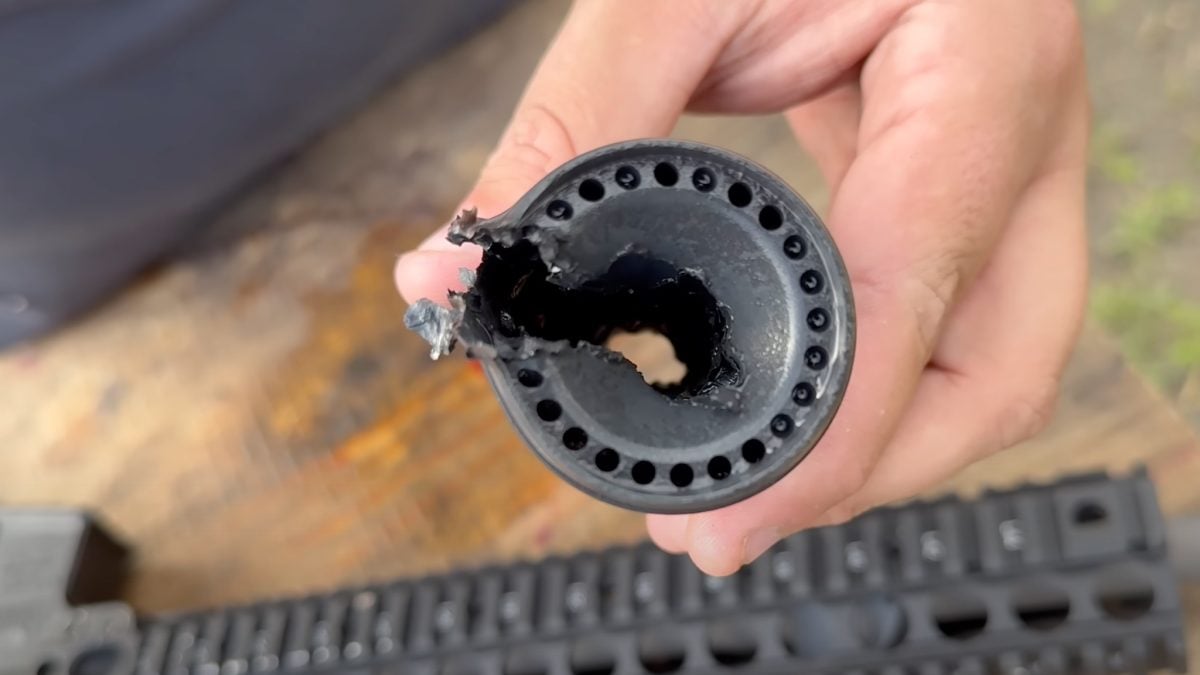
What do you think of the LMT Ion 30? Would you use standardized testing results to compare suppressors? Let us know in the comments. For more of our favorites, check out our guide to the Best AR-15 Suppressors.

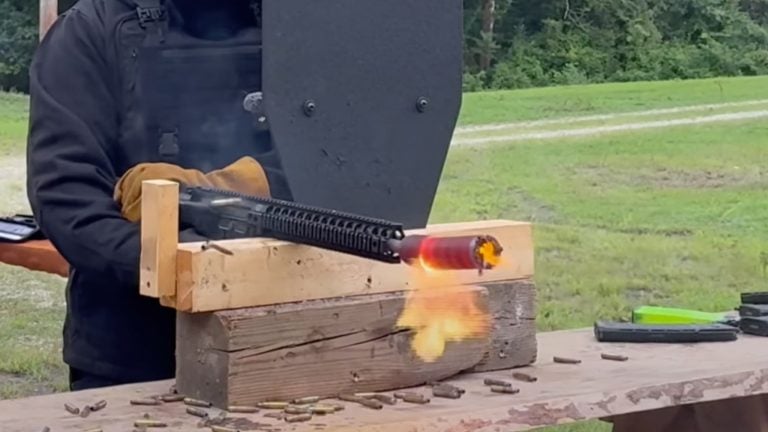

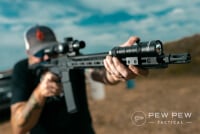



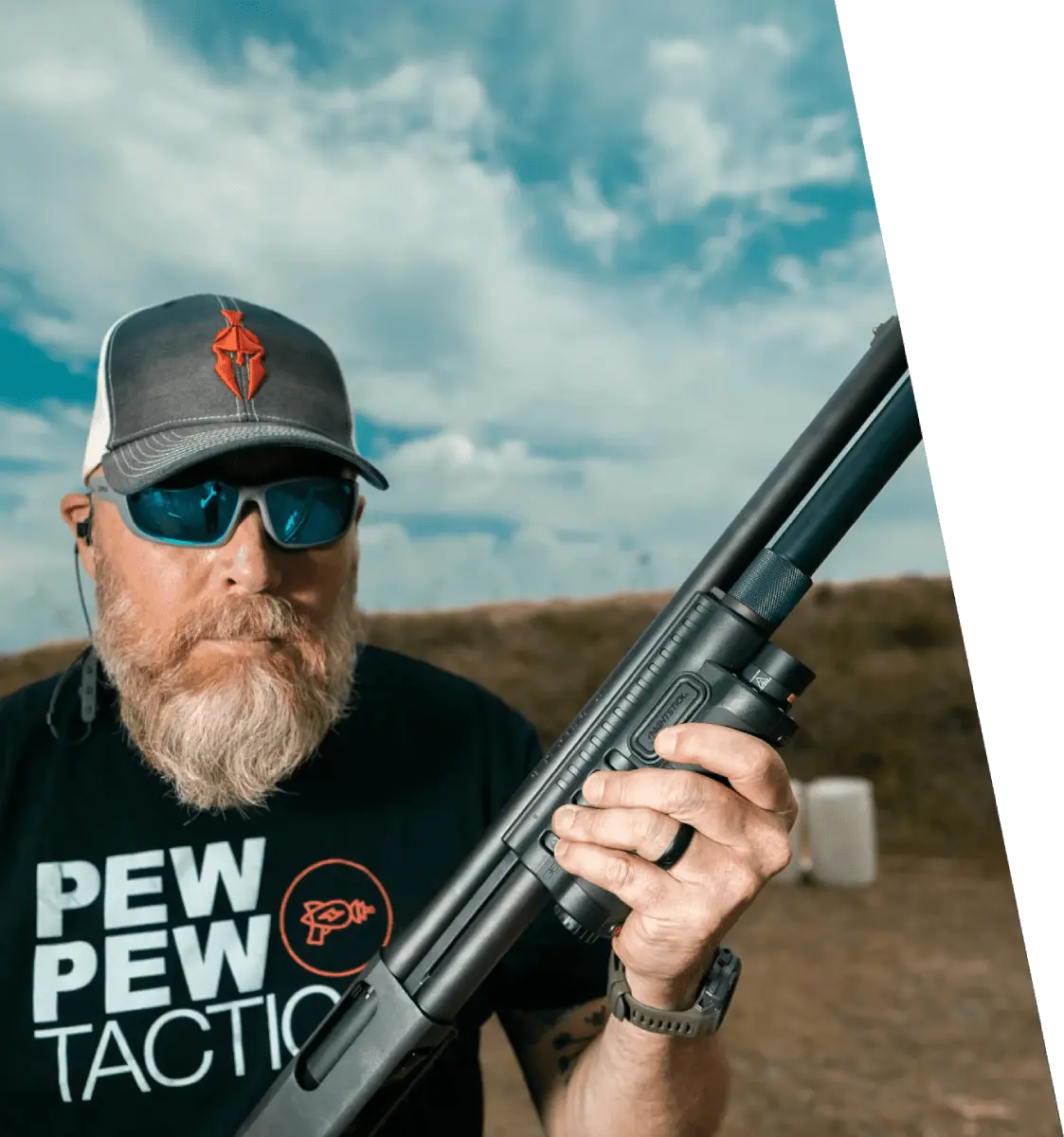

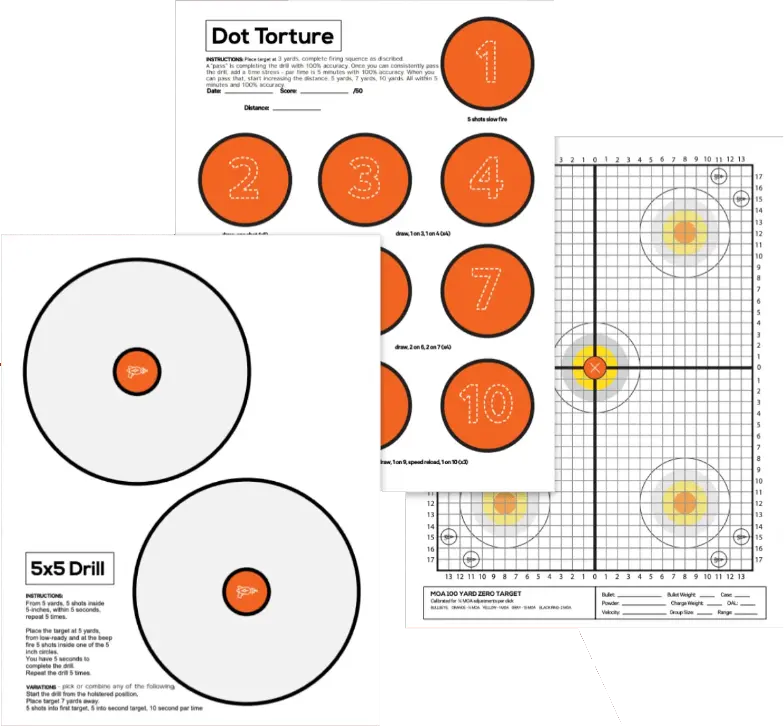
1 Leave a Reply
Ironic considering LMT can't even machine their "mil-spec" parts to MIL-STD